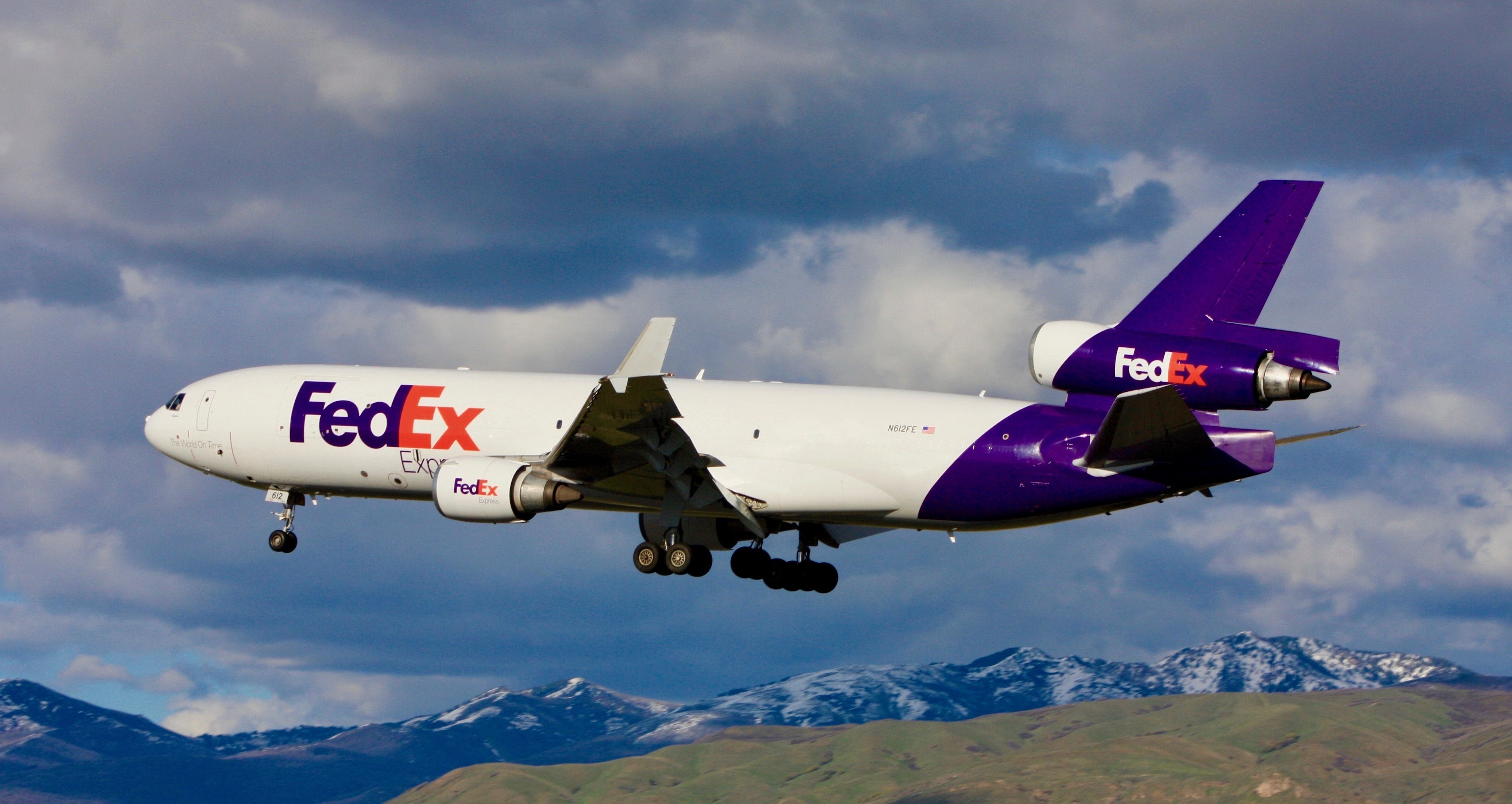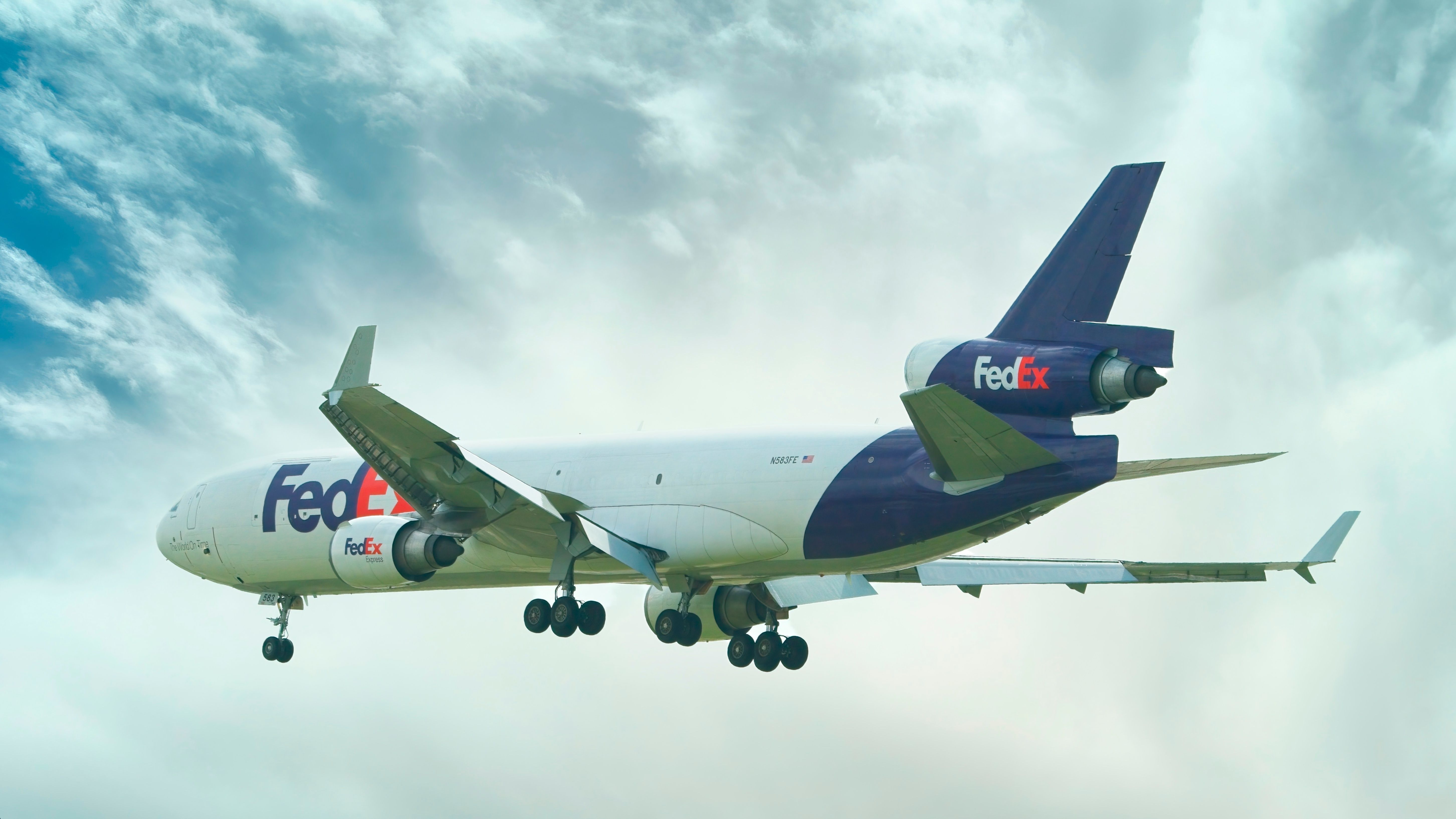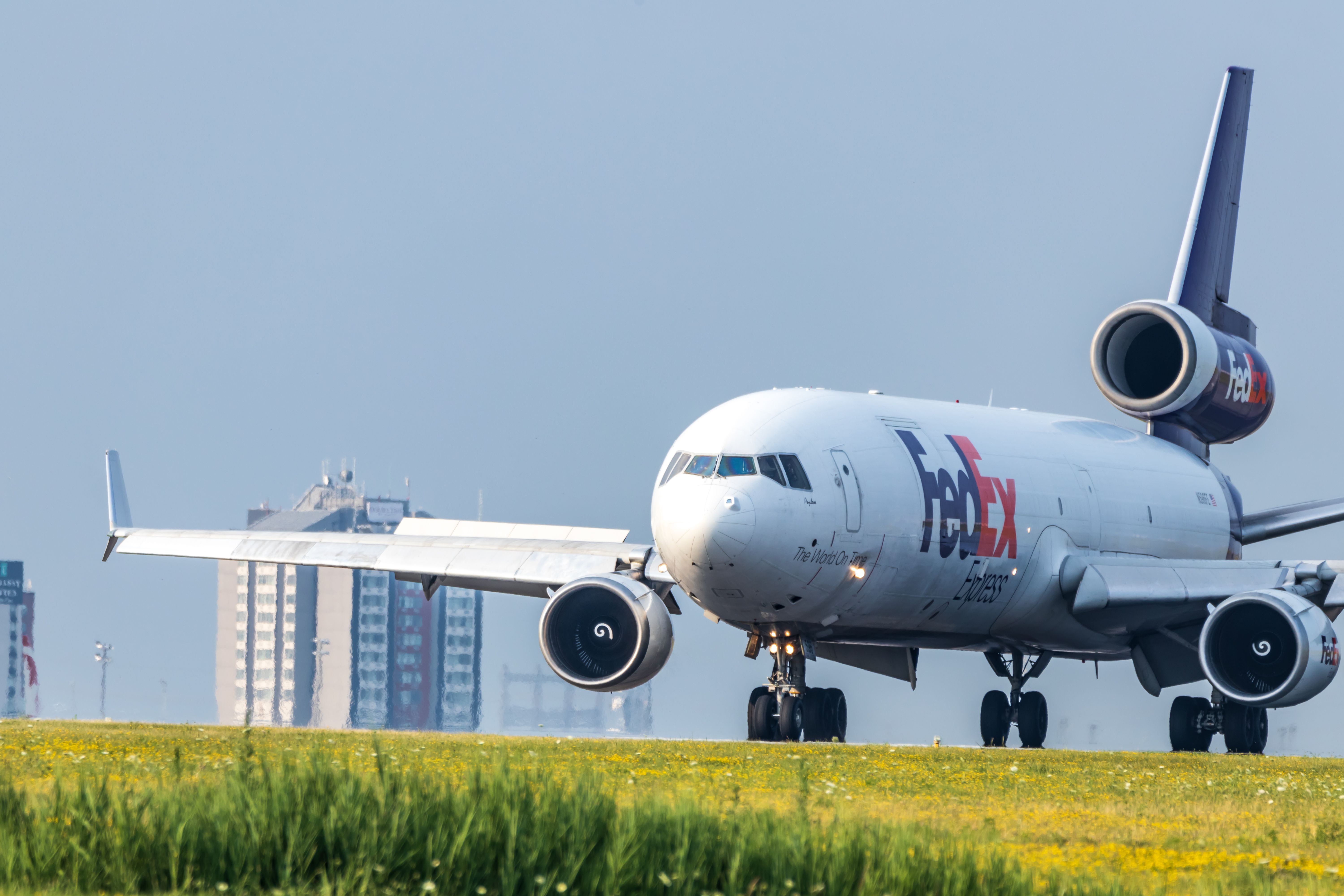Memphis-based FedEx has announced plans to focus more on overland transport versus taking to the skies to cut $6 billion in structural and incremental costs from its books. Compared to its current fly-fly-fly model, the operator looks to pivot its operations to align with a point-to-point service. This will amplify its hub and spoke network, abolishing its current milk run where the operator may stop several times en route from its originating destination before its final stop.
The transportation and e-commerce giant will also attempt to adjust its model to focus on truck deliveries to its major distribution hubs for fewer operations taking to the air.
Get the latest aviation news straight to your inbox: Sign up for our newsletters today.
The carriers remaining 58 McDonnell Douglas MD-11 are also set for the chopping block, with FedEx planning their retirement by 2028, accelerating its removal from the books. While the operator owns and operates most of its MD-11s, up to seven are on leases expiring between 2023 and 2025. Most have an average age of around 30 years.
Leaning on contractors
As reported by ch-Aviation, the move from FedEx will see the carrier look to contractors and external service providers, lowering the operator costs for crew, maintenance, and fuel. As reported by ch-Aviation, FedEx President and Chief Operating Officer Raj Subramaniam explained in a quarterly investor call:
"One part of this effort [to cut costs] is to reconfigure our air network. This requires many steps, including plans currently being developed to phase out our fleet of MD-11Fs... We come to a fork in the road here: are we going to see a high-demand environment or a low-demand environment? The MD-11F was that flex fleet. And as we now look at the demand environment, we don't see that high demand coming through."
Have you heard the Simple Flying podcast recently?
A reduction in the Pacific
The operator plans to cut operations in the Pacific by around 30% over the next few years, as consolidation in shipment operations is set to take place. FedEx also noted that functions within the United States would adjust to encourage ground transportation as its primary and default choice, apart from urgent, high-priority overnight shipments. Subramaniam went on to explain:
"We are taking additional steps to address our fixed expense structure. This quarter, we reduced flight hours by 8% and salary and benefit expenses by 4%. We also parked an additional nine aircraft, downgauged on certain routes, and implemented various productivity improvements."
FedEx Express CEO, Richard Smith, expects to see savings of around $250 million per year from changes in the operator's aircraft operations. However, its current order for 27 B767-300Fs and six B777-200Fs will remain in a move for fleet modernization. The operator has 486 aircraft worldwide, with 111 currently in storage. The carrier's budget for new aircraft of $2.3 billion in FY22 will drop to $1.5 billion by FY25. Smith reiterated the move:
"We're taking the vast connectivity and capacity we've been building over the past 50 years and making it smarter, more efficient, and more flexible."
Sources: ch-Aviation



